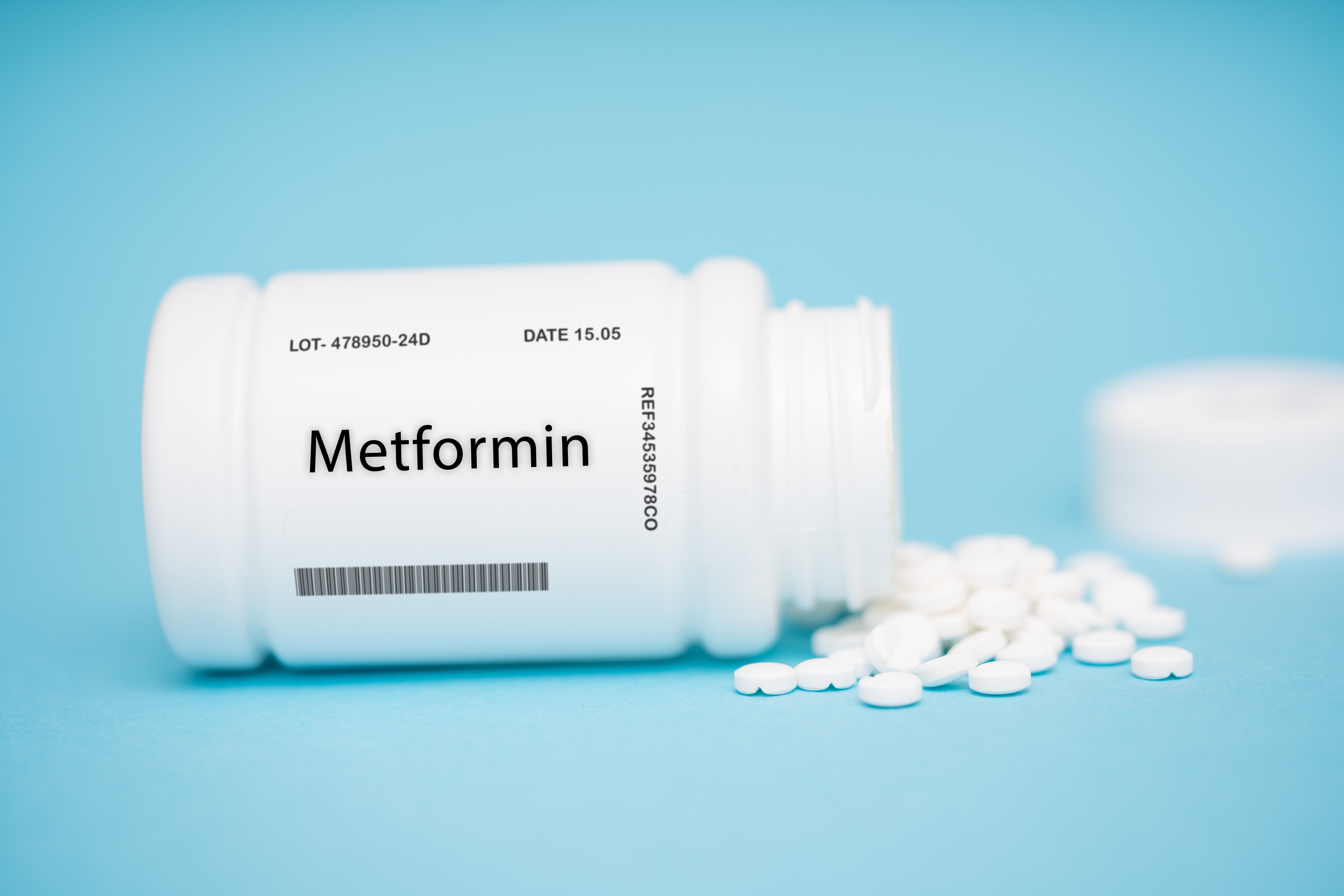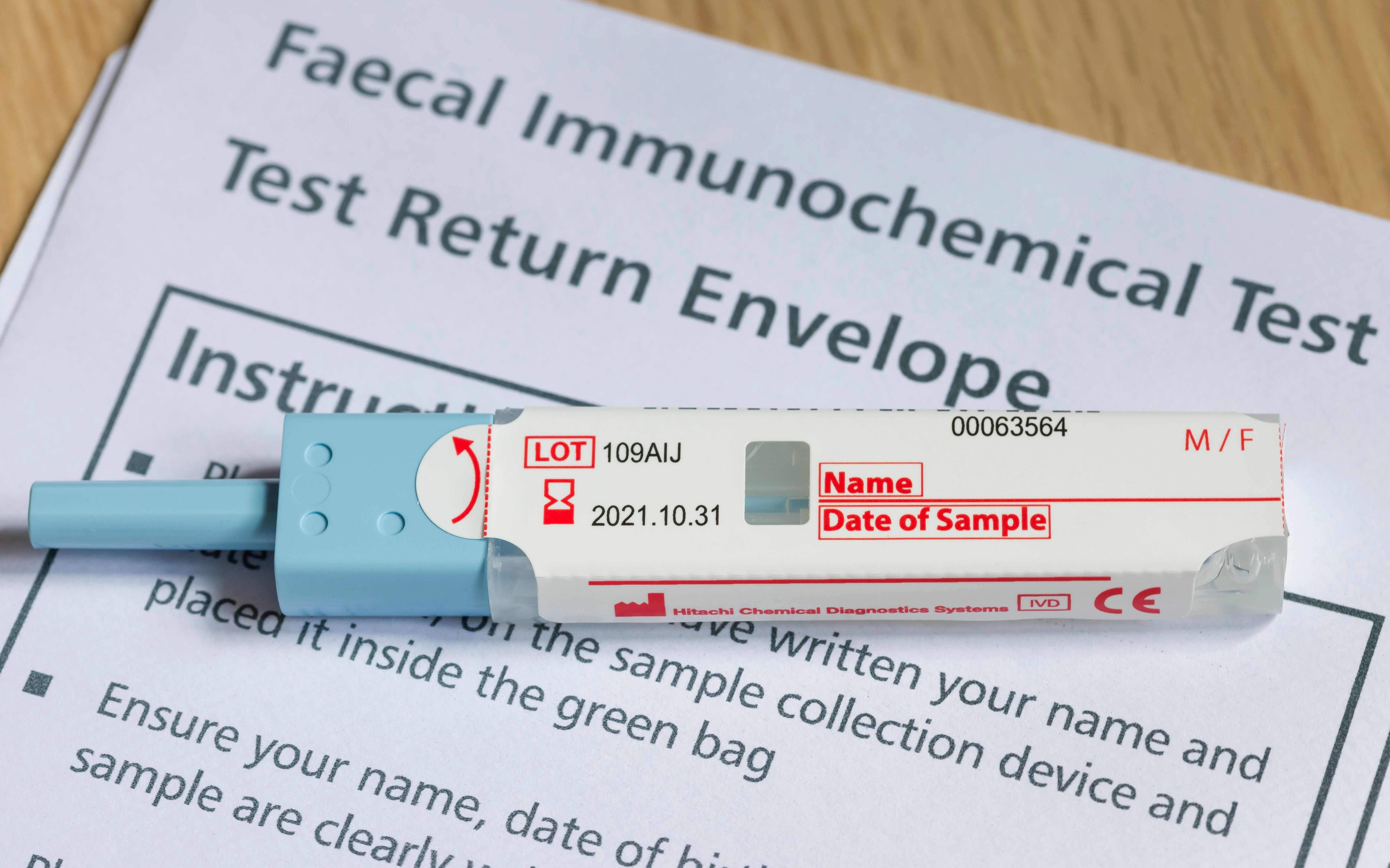News
Article
Patients With High BMI, Diabetes Had Higher Risk of Infection After Colorectal Surgery
Author(s):
Patients who underwent surgery for colorectal cancer had a higher risk of postoperative infection if they had high body mass index (BMI) or diabetes, among other risk factors.
Various risk factors, including a high body mass index (BMI), diabetes, and longer surgical duration, were linked to a higher risk of surgical site infections (SSIs) in patients who had surgery for colorectal cancer (CRC). The study in BMC Surgery also found that presence of colostomy and open surgical procedures contributed to the higher risk.
CRC is a highly prevalent cancer around the world, with an estimated incidence rate of 16.1 to 45.3 per 100,000, making it the third most common cancer globally. Patients who have surgery for CRC are susceptible to SSIs due to the large microbial population in the rectum and colon, despite surgery being the primary therapeutic approach. Risk factors for SSIs in patients with CRC are unknown. This study aims to analyze data of patients receiving surgery for CRC in a 9-year period.
Patients who had surgery for CRC between 2014 and 2022 at the Department of Surgery at Huangshan Shoukang Hospital were included in the retrospective study. Patients aged 18 years and older, had a confirmed diagnosis of CRC with a scheduled resection, had an absence of incisions apart from those in the abdomen or perineum, and had no artificial implants were included in the study. Participants included those who were undergoing extended resections and combined resections of other abdominal organs.
Dark blue ribbon for colon - colorectal cancer awareness on medical doctor's hand support | Image credit: Chinnapong - stock.adobe.com

Sociodemographic and clinical variables were collected from each patient. The primary outcome was the occurrence of SSIs, which were categorized as superficial incisional, organ/space, or deep incisional. Incidence was calculated as number of cases divided by total number of patients. A multivariable logistic regression analysis was conducted to identify the independent risk factors of SSI occurrence.
There were 431 patients who had a surgery for CRC between 2014 and 2022 and were included in the study. The incidence rate of SSI was 7.65%, with 33 patients identified as having a case. Of these, 51.5% of cases were organ or organ space infections, 36.4% were deep incisional cases, and 12.1% were superficial incisional cases. Patients had longer hospital stays if they had an SSI compared with those without (24 days vs 16 days). Health care costs also significantly increased when there was a presence of an SSI (43,909 yuan vs 32,635 yuan).
BMI levels (odds ratio [OR], 1.12; 95% CI, 1.02-1.23), presence of diabetes (OR, 3.88; 95% CI, 1.42-9.48), open surgical procedures (OR, 2.39; 95% CI, 1.09-5.02), presence of a colostomy/ileostomy (OR, 3.17; 95% CI, 1.53-6.62), and longer surgical duration (OR, 1.36; 95% CI, 1.01-1.84) were all associated with the occurrence of SSIs after surgery for CRC. Open surgical procedures and presence of diabetes also increased the incidence of incision or ostomy site infections specifically.
There were some limitations to this study. Selection bias and potentially incomplete data are limitations of the retrospective study design. The study may not be generalizable to other populations since it was conducted entirely in one institution. Influence of other factors could not be excluded despite their exclusion from the study.
The researchers concluded that the presence of diabetes, open surgical procedures, and presence of colostomy/ileostomy were associated with incidence of SSIs after patients had surgery for CRC. Randomized controlled trials in a multicenter format should be performed to determine risk factors for SSIs.
Reference
Han C, Chen W, Ye XL, et al. Risk factors analysis of surgical site infections in postoperative colorectal cancer: a nine-year retrospective study. BMC Surg. 2023;23:320. doi:10.1186/s12893-023-02231-z
Newsletter
Stay ahead of policy, cost, and value—subscribe to AJMC for expert insights at the intersection of clinical care and health economics.





